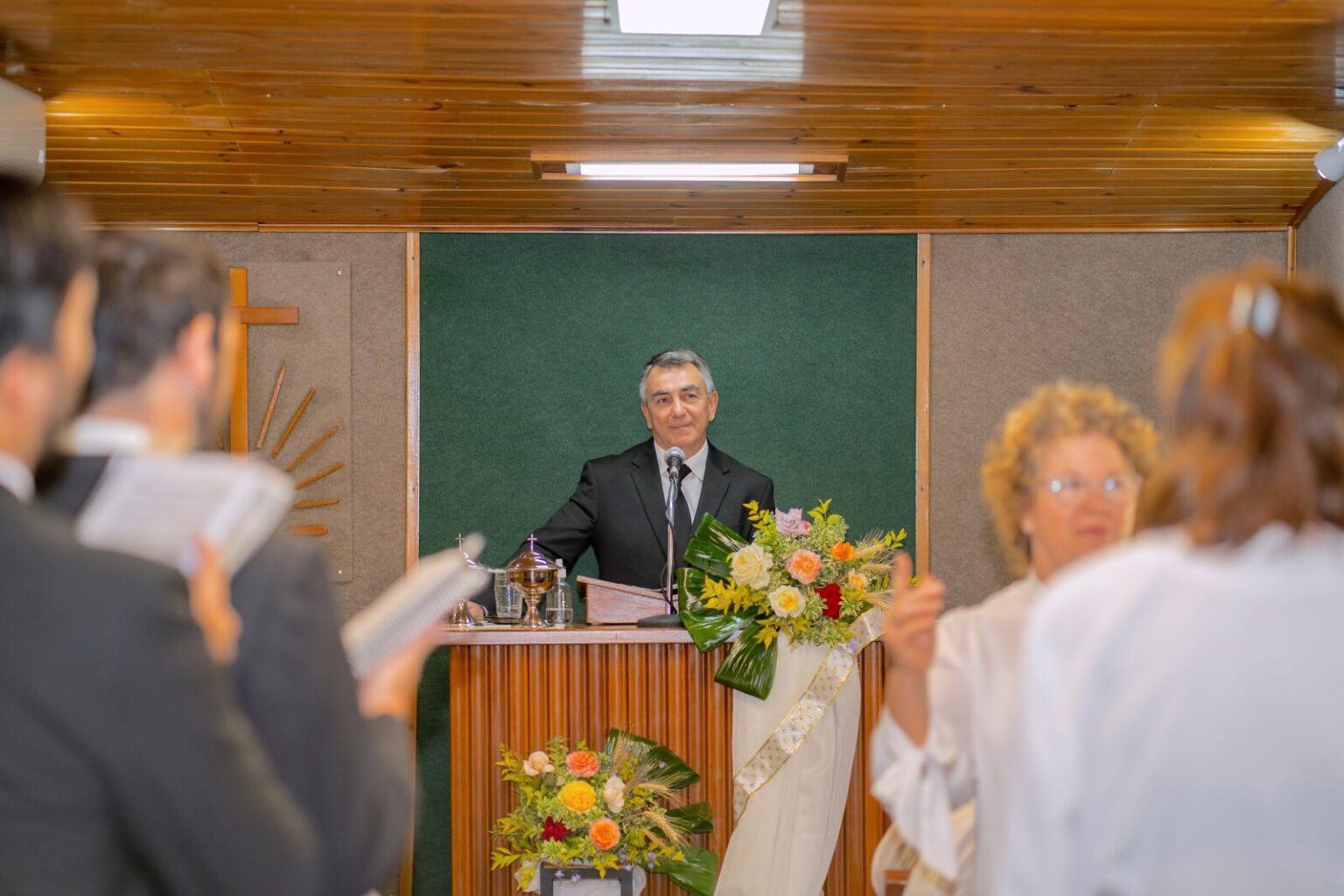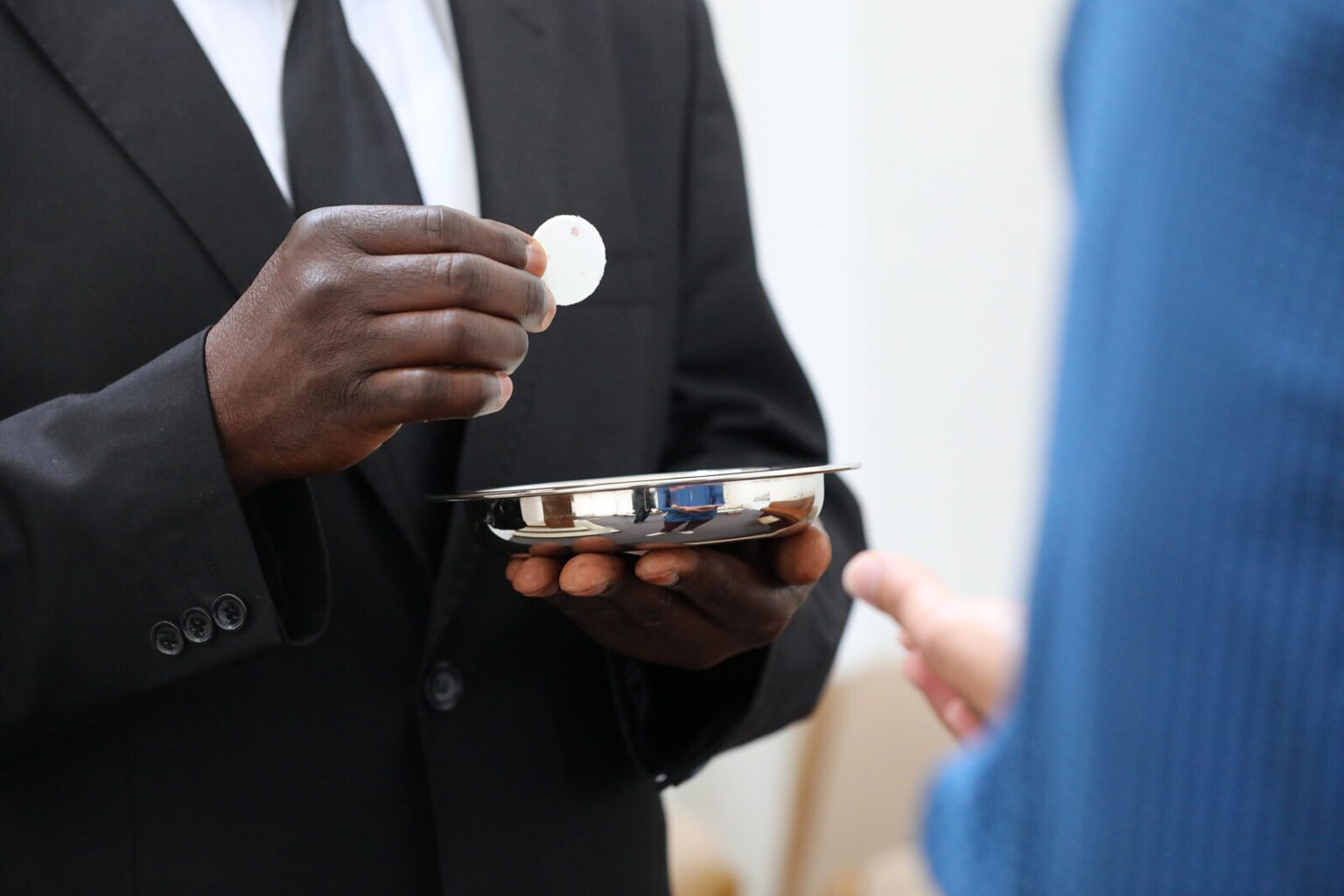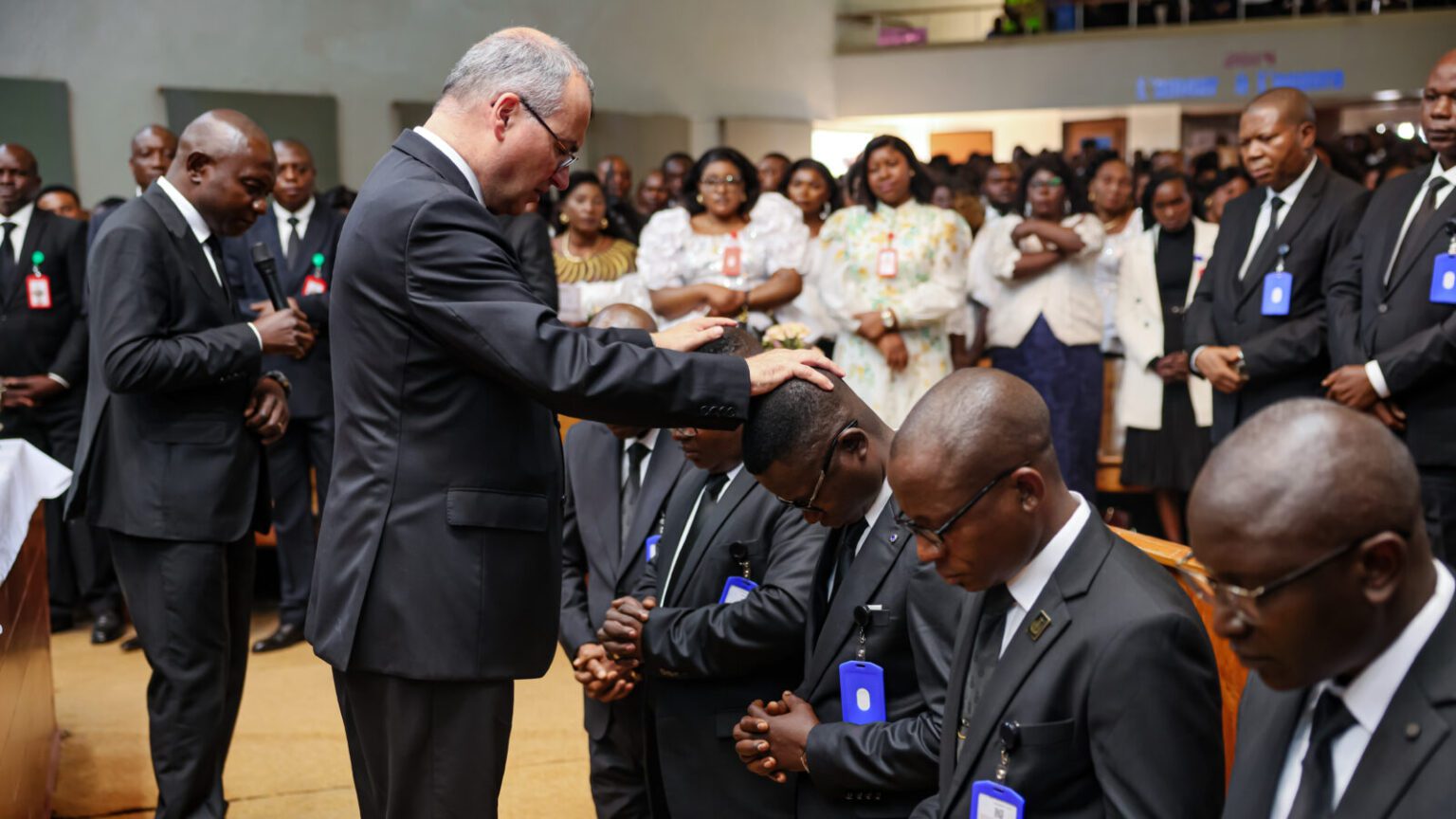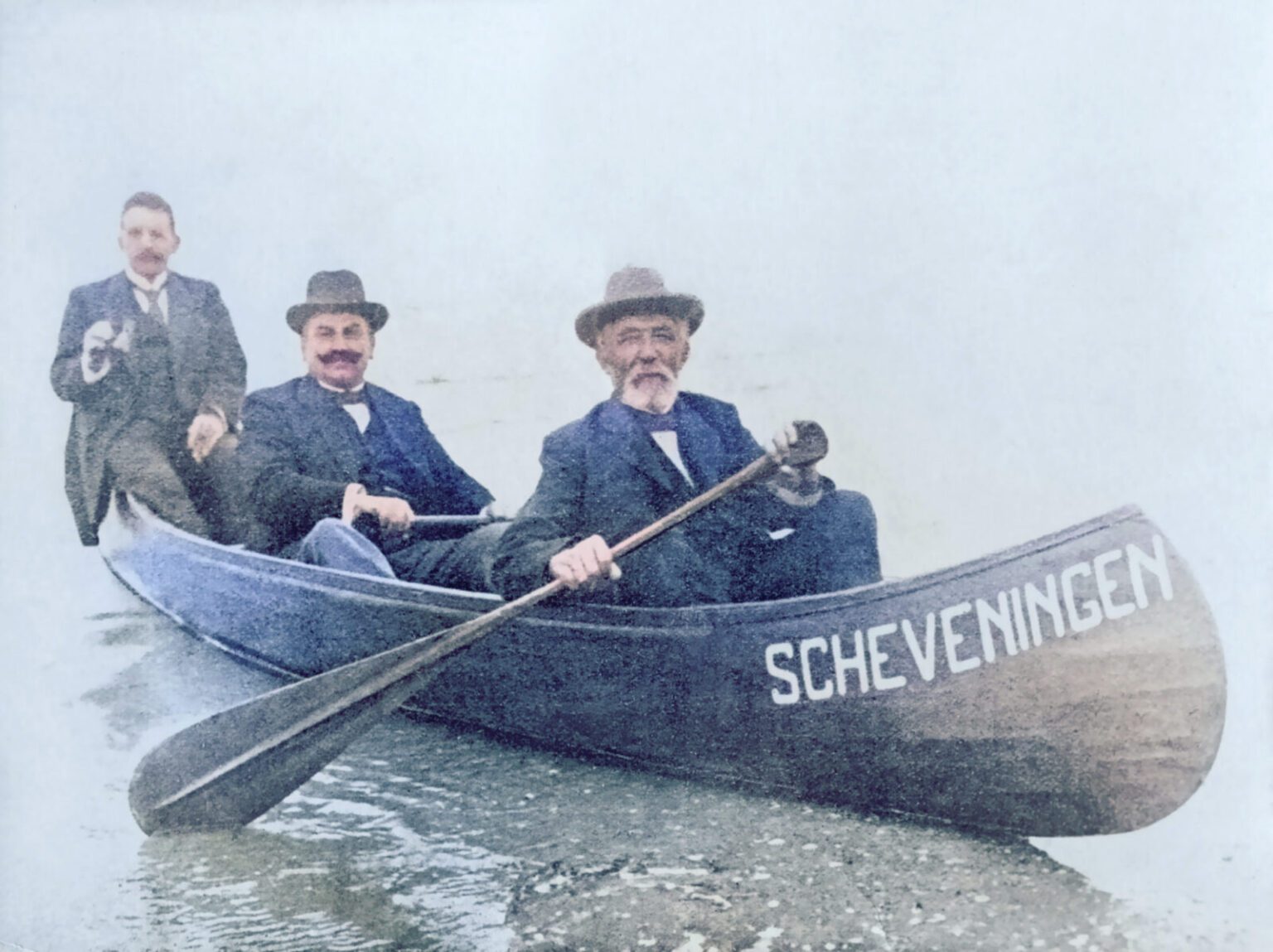
Ministry (19): Man and woman in the image of God

Men and women in ordained ministry? This is only a fragment of a much larger question: how do human beings understand themselves and their task in the world? The Bible gives us the answer in the creation account. And there we read: created in the image of God.
Human dignity is the basic principle of many state constitutions and the Universal Declaration of Human Rights of the United Nations: “All human beings are born free and equal in dignity and rights.”
For Christians this principle of community and togetherness is theologically anchored in the concept of man’s likeness to God: “Because it is God who gave man both a physical and a spiritual nature, both of these aspects should receive the dignity due them.” This is how the Catechism of the New Apostolic Church formulates it (CNAC 3.3.2).
The biblical foundation for the doctrine of man’s likeness to God is the account of creation in Genesis 1: 1 to 2: 3.
Again and again, the likeness to God
“So God created man in His own image; in the image of God He created him; male and female He created them.” This verse (Genesis 1: 27) makes the central statement on the relationship between God and man and, at the same time, on the relationship between man and woman.
The reference to man in the image of God appears repeatedly. For example, in the genealogies from Adam to Noah: “In the day that God created man, He made him in the likeness of God” (Genesis 5: 1). Or in God’s covenant with Noah: “For in the image of God
He made man” (Genesis 9: 6).
When God talked to Himself
The fact that the creation of the human being was something very specific was already shown in the narrative context: “Let Us make man in Our image, according to Our likeness” (Genesis 1: 26). Before that, with the other works of creation, God simply started and created day and night, heaven and earth, plants and animals, with the words: “Let there be…” But now the triune God talks to Himself and says, “Let us…”
While God comes to the conclusion after His previous acts of creation that “it was good”, after the creation of man He says that “indeed it was very good” (Genesis 1: 31).
Human beings and their special role
By creating man in His own image, the Eternal One also established an enduring relationship between Himself and man. This relationship can be seen in the further course of the account of creation.
- The Creator addresses human beings: “Then God blessed them, and God said to them…” (Genesis 1: 28). “It is by hearing the divine call that a human being perceives himself as a person,” it says in the Catechism (CNAC 3.3.2). “It is through God’s address of a human being as ‘you’ that the person becomes ‘I’.”
- God gave human beings a mission: “Be fruitful and multiply; fill the earth and subdue it” (Genesis 1: 27). That which the Creator had created and organised, human beings were now to shape and keep in order.
The Creator makes no difference
So far so good. But when it comes to ministry, there are still some questions: Are both man and woman equally created in the image of God? Are they of the same nature and dignity? Are they both responsible for the preservation of creation? Is it the Creator’s will that man and woman have different areas of activity?
The answers are three yeses and one no. Because God created man in His image expressly “as male and female”. From the start, human beings created in the image of God thus incorporate both genders. Woman and man together reflect the image of God.
If the sexes are one in the image of God, then they are also of the same nature and dignity. That they are also equally responsible for the protection of the creation is also shown by the fact that God addresses them in the plural and calls upon them in equal measure: “Then God blessed them, and God said to them…” (Genesis 1: 28).
Same nature, same dignity, same areas of activity: the account of creation in Genesis 1: 1 to 2: 3 is a clear answer to the question of the ordination of women. However, there is a second account of creation in the Bible. And that needs to be looked at very carefully. And this is exactly what we will be doing in the next part of this series.
Photo: C. Schüßler – stock.adobe.com











